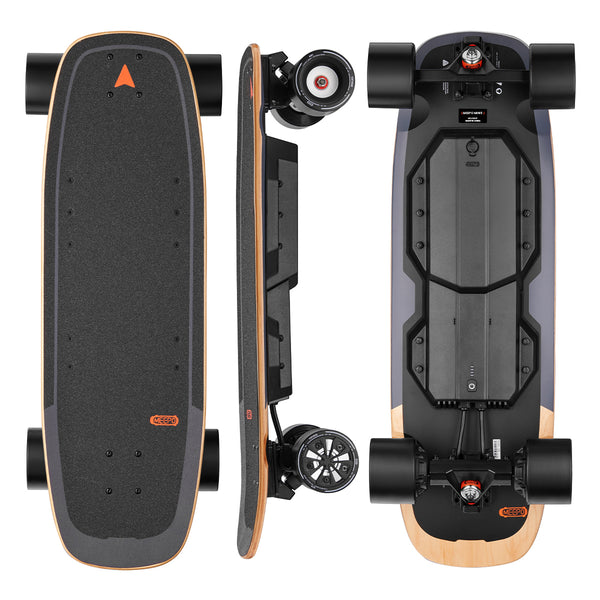Unlock Your Ride: Discover the Ultimate Skateboard Buying Secrets!
Skateboarding is not just a sport; it’s a lifestyle, an expression of creativity, and a way to connect with a community of like-minded individuals. Whether you’re looking to ride the streets, perform tricks at the skate park, or simply cruise around town, choosing the right skateboard plays a crucial role in your overall experience and performance. With an array of options available, the process of selecting the perfect board can be both exciting and overwhelming. This article aims to demystify the skateboard buying process, helping you make informed decisions that align with your riding style and preferences.

Understanding Skateboard Types
When it comes to skateboards, there are several types tailored to different riding styles. Street skateboards, commonly used for tricks and park riding, typically have a narrower deck for better maneuverability. Cruiser skateboards, on the other hand, are designed for a smooth ride, boasting a wider deck and softer wheels that provide comfort on longer distances. If you’re looking for stability and speed, longboards are your best bet. They are longer and wider, making them ideal for downhill rides and cruising. Lastly, trick boards, often shorter and lighter, facilitate flips and grinds, catering to those who wish to push the boundaries of skateboarding tricks. Understanding these types will help you find a skateboard that perfectly matches your intended use.
Key Components of a Skateboard
A skateboard is composed of several key components that each contribute to its performance. The deck is the flat board you stand on, and its material and shape greatly influence your riding experience. Trucks, which are the metal parts that connect the wheels to the deck, play a significant role in maneuverability. High-quality trucks allow for sharper turns and better stability. Then, we have the wheels, which come in various sizes and hardness levels. Softer wheels provide a smoother ride over rough surfaces, while harder wheels are better for tricks. Finally, bearings, which allow the wheels to spin, can make a significant difference in speed and rolling resistance. When selecting a skateboard, paying attention to these components will enhance your overall riding experience.
Choosing the Right Size and Shape
The size and shape of your skateboard are crucial factors that depend on your height, foot size, and riding style. A general rule of thumb is that the width of the skateboard deck should be proportional to your foot size. For instance, if you wear a shoe size of 8 or above, a wider deck of 8 inches or more will provide better balance and control. Additionally, the shape of the skateboard can affect your riding style; a concave shape offers more foot grip for tricks, while a flat shape is better for cruising. To find your ideal size, it’s beneficial to stand on different boards in a skate shop to see what feels comfortable and natural.
Budget Considerations
Before diving into the skateboard market, it’s important to establish a budget. Skateboards can vary significantly in price, and while it may be tempting to opt for the cheapest option, investing a little more can pay off in terms of durability and performance. Look for mid-range options that offer quality components without breaking the bank. Additionally, consider second-hand boards or clearance sales at local shops. Many skaters upgrade their gear regularly, so you might find a great deal on a barely-used board. Balancing cost with quality will ensure you get the most bang for your buck while enjoying a satisfying ride.
Where to Buy a Skateboard
When it comes to purchasing a skateboard, you have several options at your disposal. Local skate shops provide the advantage of personalized service, allowing you to physically inspect boards and get expert advice. Online retailers, however, often offer a wider selection and competitive pricing. Just be sure to check return policies, as buying online can sometimes lead to mismatched expectations. For budget-conscious buyers, exploring second-hand options through community marketplaces or skate forums can yield fantastic finds. Each option has its pros and cons, so consider what is most important to you—convenience, selection, or personalized service—before making your purchase.
Key Takeaways for an Informed Skateboard Purchase
In summary, buying a skateboard is an exciting journey that involves understanding the types available, the key components that make up the board, and how to choose the right size and shape for your needs. Setting a budget and exploring various buying options will further empower you to make an informed decision. Remember, the right skateboard can enhance your riding experience and help you develop your skills. So take your time, do your research, and enjoy the process of finding the perfect skateboard that fits your style and aspirations.







